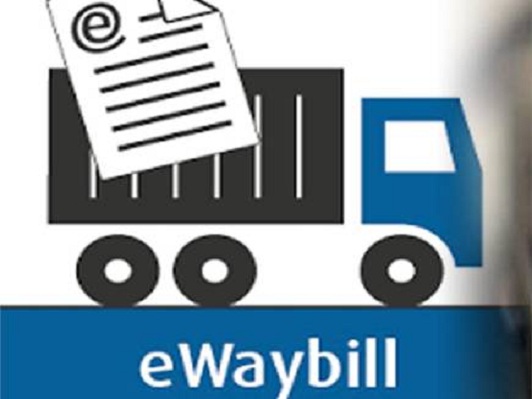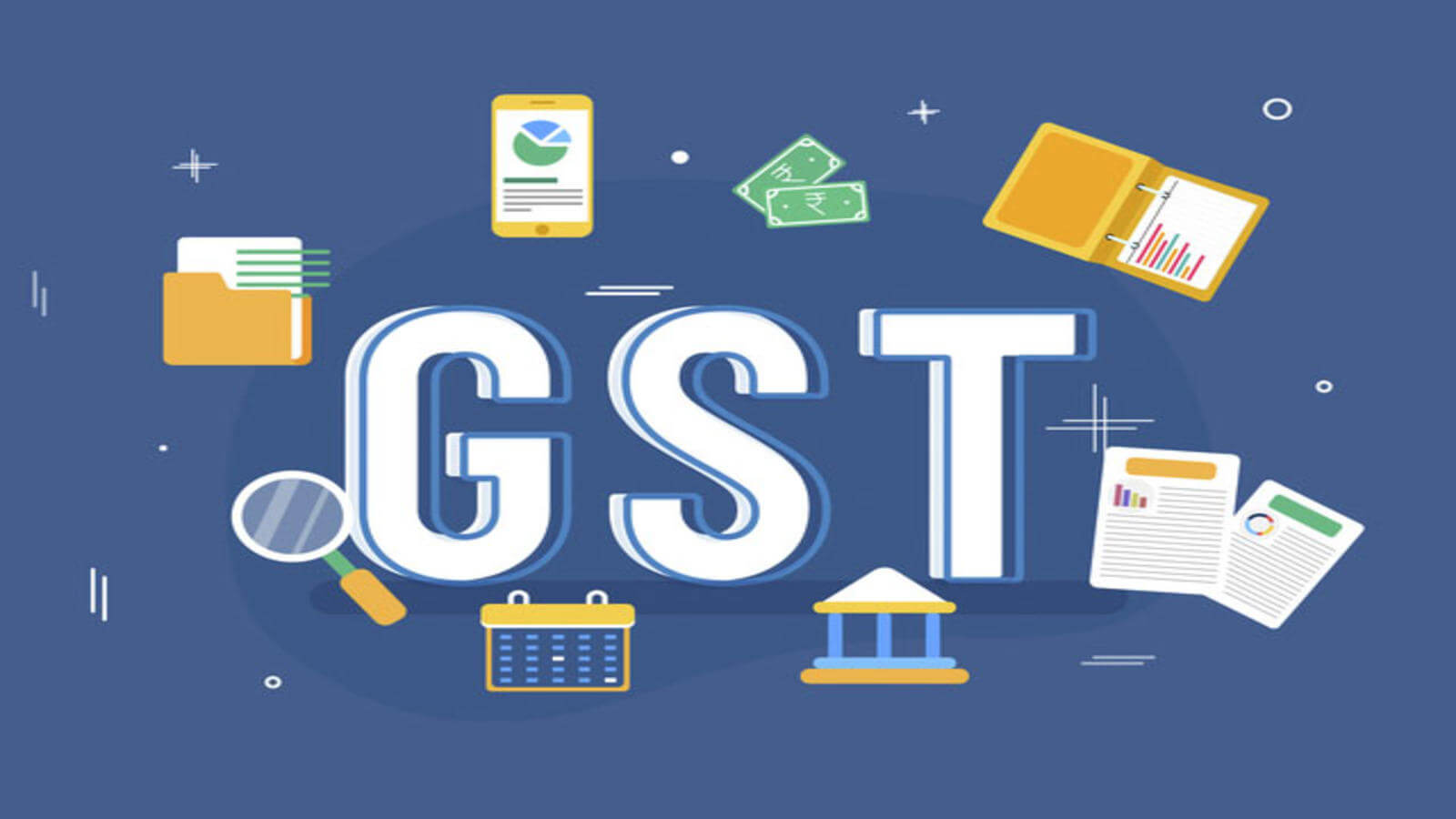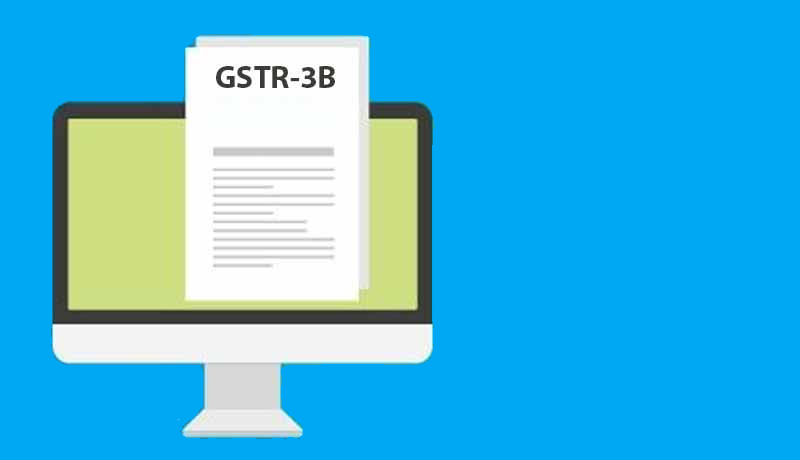In a landmark judgment pronounced by Gujarat High Court , in the case of VKC Footsteps India Pvt. Ltd . Versus Union of India & 2 other(s), the respondents have been directed to allow the claim of the refund made by the petitioners considering the unutilised input tax credit of “input services” as part of the “net input tax credit”(Net ITC) for the purpose of calculation of the refund of the claim as per Rule 89(5) of the CGST Rules,2017 for claiming refund under Sub-section 3 of Section 54 CGST Act,2017.
The Petitioner, VKC Footwear India Pvt. Ltd. is engaged in the business of manufacture and supply of footwear which attracts GSTat the rate of 5%. The Petitioner procures input services such as job work service, goods transport agency service, etc. and inputs such as synthetic leather, PU Polyol, etc., on payment of applicable GST for use in the course of business and avails input tax credit of the GST paid thereon.
The majority of the inputs and input services attract GST at the rate of 12% or 18%. The GST rate paid by the Petitioner on procurement of input is higher than the rate of tax payable on their outward supply of footwear. Therefore, in spite of the utilization of credit for payment of GST on outward supply, there is an accumulation of unutilized credit in the electronic credit ledger of the Petitioners.
The judgment was passed on VKC Footwear where other matters were also clubbed. The restrictions provided in Rule 89(5) are beyond the extent of Section 54, which does not limit the refund of only inputs.
Section 54(3) covers the refund of the credit of tax on both goods and services. It means that now a taxpayer operating in an inverted tax structure environment can get a higher refund of unutilized ITC. It would be a significant relief for industries functioning under this tax set up. These include textiles, railway locomotives & parts, handlooms, solar modules, e-commerce, steel utensils, mobiles, etc.
Section 54(3) of the CGST Act allows refund of any unutilized input tax credit at the end of any tax period due to an inverted tax structure. Here, there is no specific mention of goods (inputs) or services (input services) alone. Hence, it is evident that the provision covers both services and goods. Whereas, Rule 89(5) of the CGST Rules defines a formula for calculating the amount of ITC refund due to the inverted tax structure. The maximum refund amount is equal to {(Turnover of inverted rated supply of goods and services) x Net ITC ÷ Adjusted Total Turnover } – tax payable on such an inverted rated supply of goods and services.
Thus, the net ITC in above formula is defined as input tax credit availed on inputs during the relevant tax period. It does not see a mention of input services. But on observing the rest of the components of the above formula, turnover and output tax refer to services as well.
Even though the rule does not technically cover input services in the formula, the provision of the Act overrides the rule to cover services. Hence, the High Court maintained that input services should also be eligible for ITC refund due to the inverted tax structure.
The bench observed that “In view of the above, Explanation (a) to Rule 89(5) is read down to the extent that Explanation (a) which defines “Net Input Tax Credit’ means “input tax credit” only. The said explanation (a)of Rule 89(5) of the CGST Rules is held to be contrary to the provisions of Section 54(3) of the CGST Act. In fact, the Net ITC should mean “input tax credit” availed on “inputs” and “input services” as defined under the Act,”.
In view of above, the Gujarat High Court pronounced the order in the group of ten Matters that net ITC in the formula given under Rule 89(5) of CGST Rules 2017 will include the value of input services also and directed the respondents to allow the claim of the refund accordingly.
The above judgement of Gujarat High Court is really welcomed as it has opened floodgates for the assessees to claim a refund of input services in case of an inverted duty structure.Although it is expected that Revenue will appeal against the order before Supreme Court and finality of the issue can be achieved only upon judgment by the Apex Court.
READ/ DOWNLOAD ORDER:
[wpdm_package id=’3423′]
***
[rainbow]Don’t miss the next GST Update / Article / Judicial pronouncement[/rainbow]
Subscribe to our newsletter from FREE to stay updated on GST Law
Resolve your GST queries from national level experts on GST free of cost.
Frah Saeed is a law graduate specializing in the core field of indirect taxes and is the Co-founder of taxwallah.com. She has authored many publications on GST and is into full-time consultancy on GST to big corporates. She as a part of taxwallah.com heads a team comprising of Chartered Accountants and Advocates and plays a key role in our mission to disseminate GST knowledge to all.




